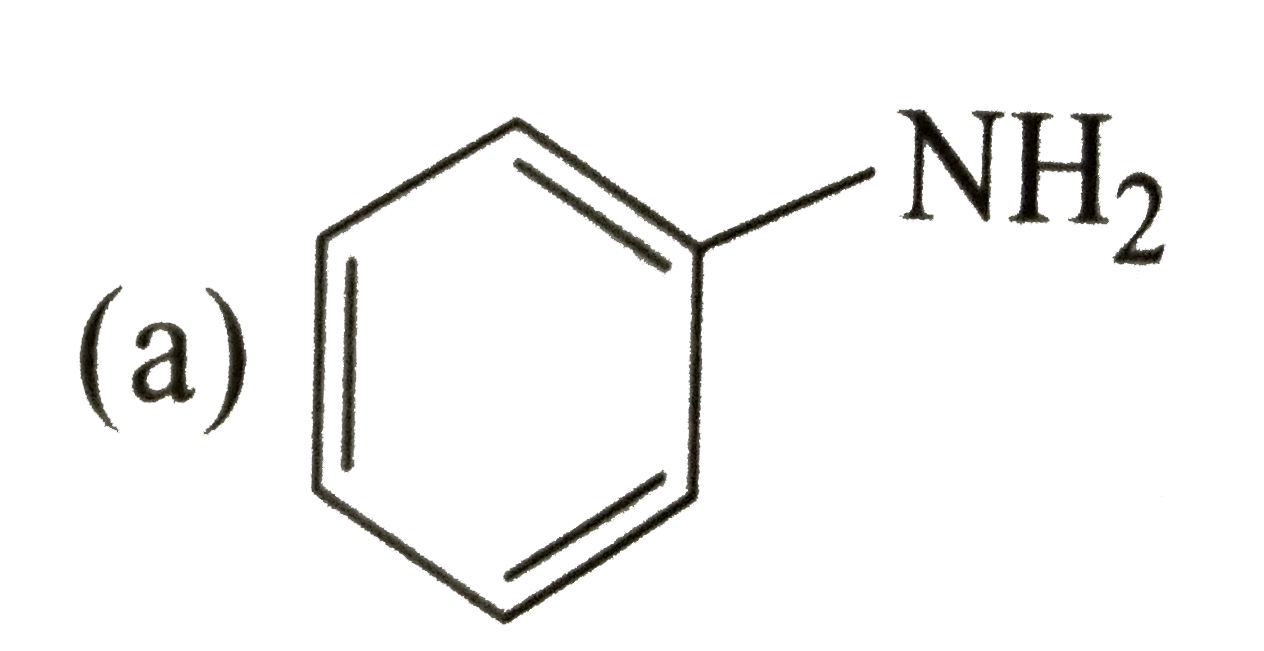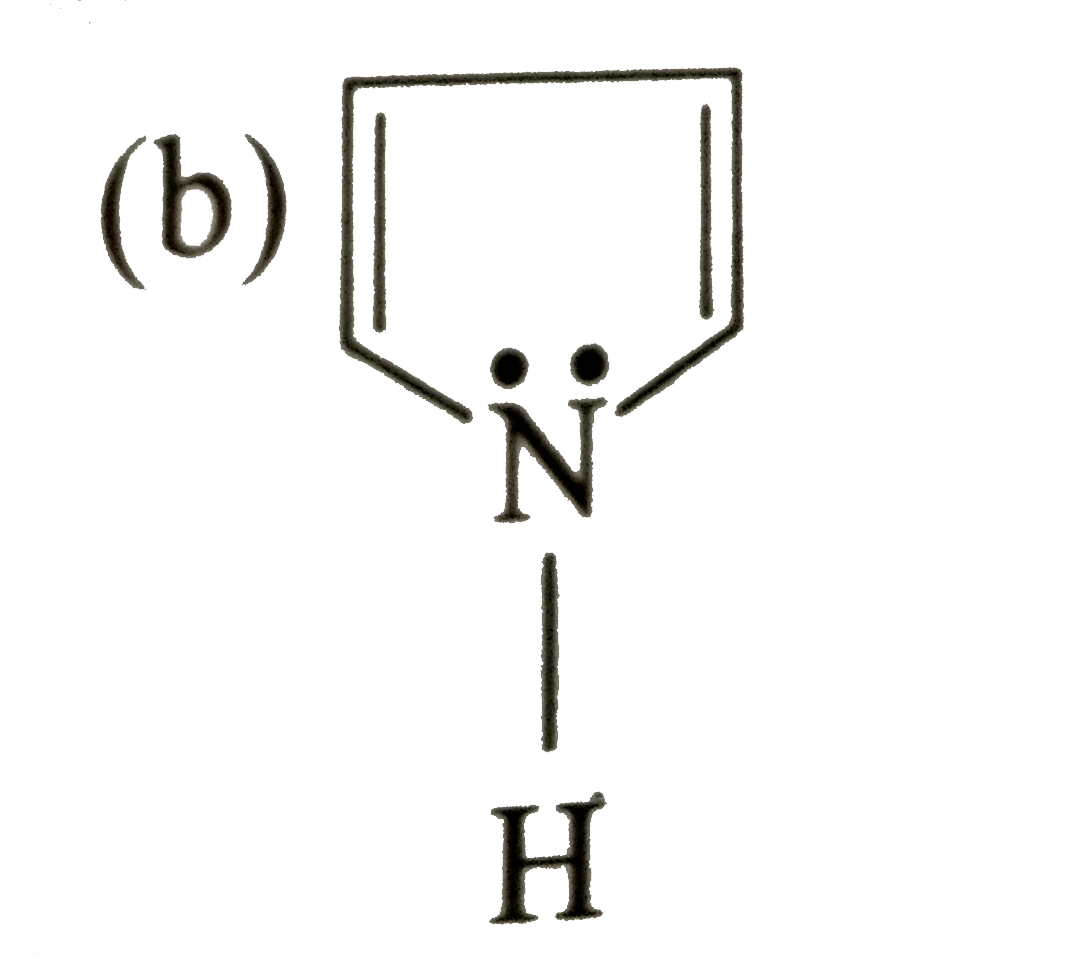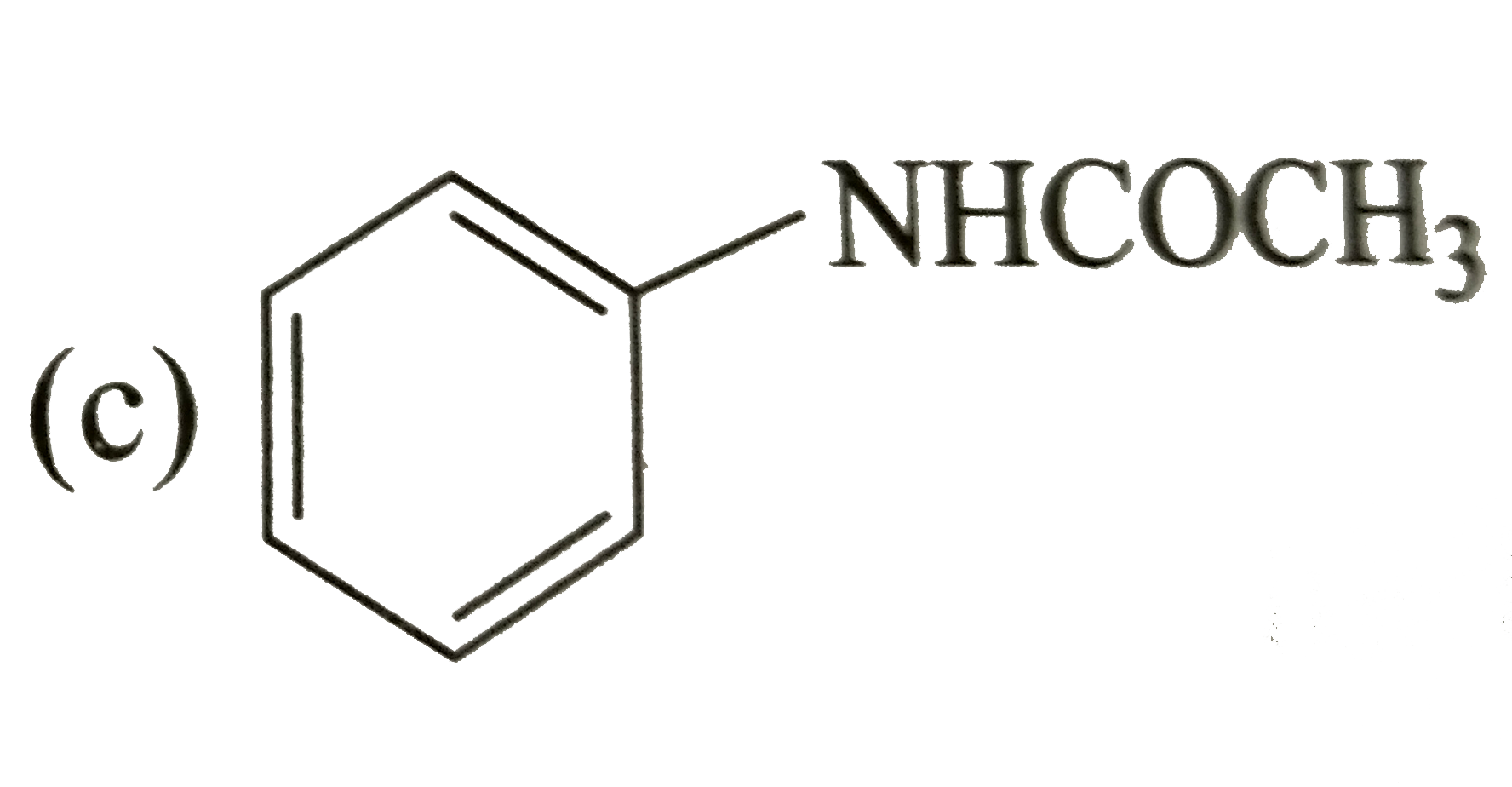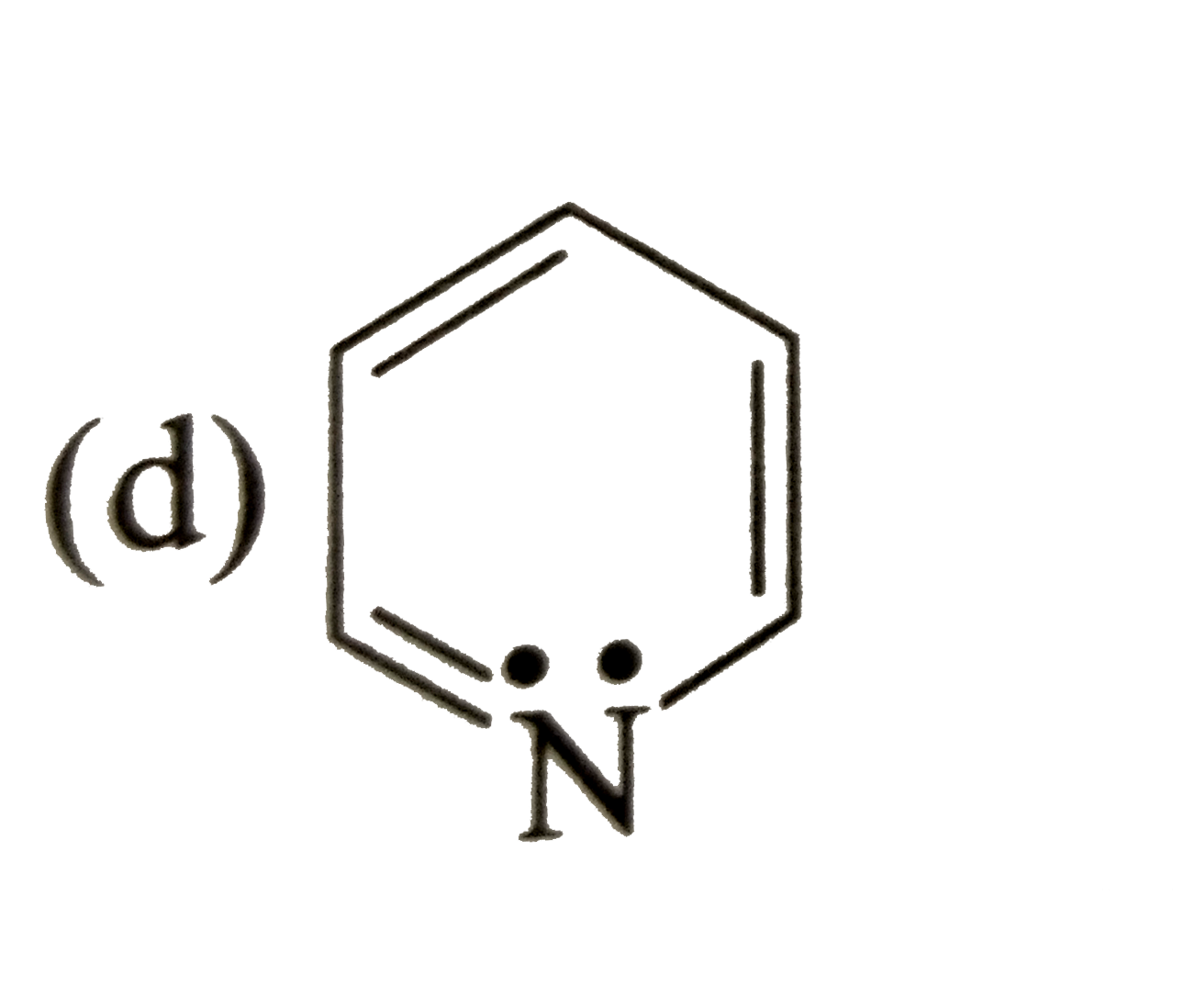Which one of the following has the most nucleophilic nitrogen?




The correct Answer is:A
To determine which compound has the most nucleophilic nitrogen, we need to analyze the availability of the lone pair of electrons on the nitrogen atom in each option. Nucleophilicity is influenced by the electron density and the ability of the nitrogen's lone pair to participate in reactions.
1. Understanding Nucleophilicity:
- Nucleophilicity refers to the ability of a species to donate an electron pair to an electrophile. A more nucleophilic nitrogen will have its lone pair more available for bonding.
2. Analyzing the Options:
- Let's consider the possible structures of nitrogen-containing compounds (e.g., amines, pyrrole, etc.) and how the lone pair of electrons on nitrogen is affected by resonance or conjugation.
3. Evaluating Each Compound:
- Compound 1: If the nitrogen is in a simple amine (like NH3 or RNH2), the lone pair on nitrogen is not involved in any resonance, making it highly available for nucleophilic attack.
- Compound 2: In pyrrole, the nitrogen's lone pair is involved in the aromatic system, which means it is less available for nucleophilic attack due to resonance stabilization.
- Compound 3: If the nitrogen is in a structure like an amide (R-CO-NH2), the lone pair is also involved in resonance with the carbonyl group, reducing its nucleophilicity.
- Compound 4: If the nitrogen is in a structure like hydrazine (H2N-NH2), the lone pairs are less involved in resonance compared to the previous examples, but still somewhat involved.
4. Conclusion:
- The compound with the most nucleophilic nitrogen will be the one where the lone pair is least involved in resonance or conjugation. Based on the analysis, the simple amine (Compound 1) has the most available lone pair, making it the most nucleophilic.
5. Final Answer:
- The compound with the most nucleophilic nitrogen is Compound 1 (simple amine).
- Nucleophilicity refers to the ability of a species to donate an electron pair to an electrophile. A more nucleophilic nitrogen will have its lone pair more available for bonding.
- Let's consider the possible structures of nitrogen-containing compounds (e.g., amines, pyrrole, etc.) and how the lone pair of electrons on nitrogen is affected by resonance or conjugation.
- Compound 1: If the nitrogen is in a simple amine (like NH3 or RNH2), the lone pair on nitrogen is not involved in any resonance, making it highly available for nucleophilic attack.
- Compound 2: In pyrrole, the nitrogen's lone pair is involved in the aromatic system, which means it is less available for nucleophilic attack due to resonance stabilization.
- Compound 3: If the nitrogen is in a structure like an amide (R-CO-NH2), the lone pair is also involved in resonance with the carbonyl group, reducing its nucleophilicity.
- Compound 4: If the nitrogen is in a structure like hydrazine (H2N-NH2), the lone pairs are less involved in resonance compared to the previous examples, but still somewhat involved.
- The compound with the most nucleophilic nitrogen will be the one where the lone pair is least involved in resonance or conjugation. Based on the analysis, the simple amine (Compound 1) has the most available lone pair, making it the most nucleophilic.
- The compound with the most nucleophilic nitrogen is Compound 1 (simple amine).
Topper's Solved these Questions
- BOOK - MODERN PUBLICATIONCHAPTER - ORGANIC CHEMISTRY: BASIC PRINCIPLES AND TECHNIQUESEXERCISE - (Competition File) MULTIPLE CHOICE QUESTIONS from competitive examinations ( JEE (Advance) for IIT Entrance )7videos
ORGANIC CHEMISTRY: BASIC PRINCIPLES AND TECHNIQUES
- BOOK - MODERN PUBLICATIONCHAPTER - ORGANIC CHEMISTRY: BASIC PRINCIPLES AND TECHNIQUESEXERCISE - (Competition File) MULTIPLE CHOICE QUESTIONS (with more than one correct answers)10videos
ORGANIC CHEMISTRY: BASIC PRINCIPLES AND TECHNIQUES
- BOOK - MODERN PUBLICATIONCHAPTER - ORGANIC CHEMISTRY: BASIC PRINCIPLES AND TECHNIQUESEXERCISE - (Competition File) MULTIPLE CHOICE QUESTIONS from competitive examinations ( AIPMT, NEET & Other State Board.s Medical Entrance )29videos
ORGANIC CHEMISTRY: BASIC PRINCIPLES AND TECHNIQUES
- BOOK - MODERN PUBLICATIONCHAPTER - MOCK TEST-2EXERCISE - SECTION D1videos
MOCK TEST-2
- BOOK - MODERN PUBLICATIONCHAPTER - REDOX REACTIONS EXERCISE - COMPETITION FILE (Objective Questions) (C. MULTIPLE CHOICE QUESTIONS)9videos
REDOX REACTIONS
Similar Questions
Knowledge Check
- Question 1 - Select One
The most nucleophilic nitrogen is in:
A B
B C
C D
D
- Question 2 - Select One
Which of the following has the highest nucleophilicity ?
AF−BOH−CCH−3DNH−2 - Question 3 - Select One
Which of the following has the highest nucleophilicity ?
AF−BOH−CCH−3DNH−2
Which among the following has the maximum nucleophilicity?
View SolutionWhich one of the following behaves both as a nucleophile and an electrophile ?
View SolutionWhich one of the following involves nucleophilic addition ?
View SolutionWhich one of the following compounds has the most acidic nature ?
View SolutionWhich one of the following compounds has the most acidic nature?
View Solution

